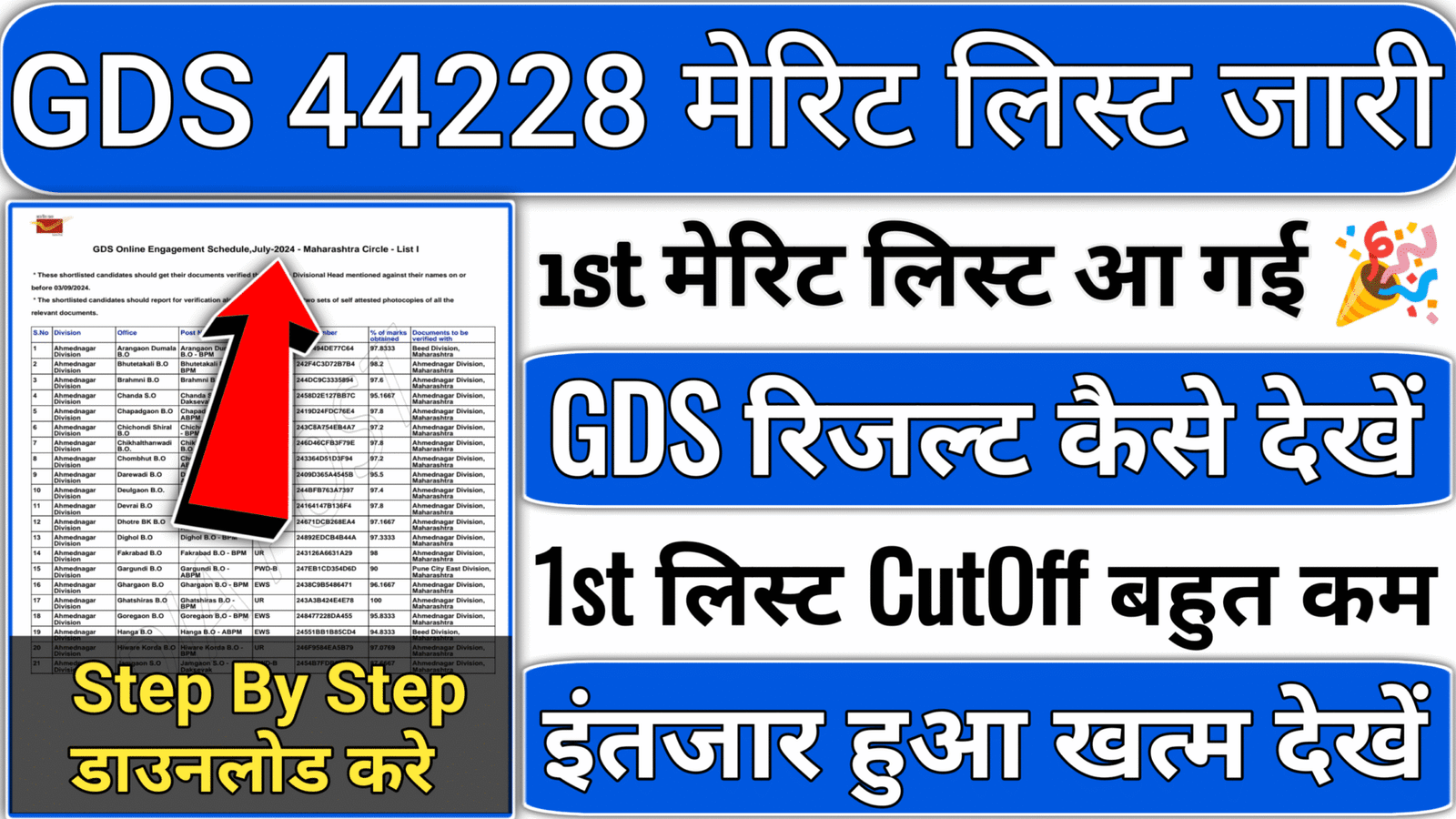Day-2 Python Programming
Learn Python programming language from scratch and become a pro in just 30 days with our comprehensive course. From the basics of variables and data types to advanced topics like web development and machine learning, this course covers it all. Each day, you’ll learn something new and build upon your knowledge with hands-on exercises and projects. By the end of the course, you’ll have the skills to create your own Python applications and take on any programming challenge. Enroll now and start your journey to becoming a Python pro!
Day 2: Variables and Data Types
Variables and their types
Numeric data types
String data type
Boolean data type
Type conversion
Variables in Python:
Variables are used to store data in a program. In Python, variables are created by assigning a value to a name. For example:
 |
In the example above, we created a variable called “message” and assigned it the value “Hello, world!”.
Variable names in Python must start with a letter or underscore, and can only contain letters, numbers, and underscores. Variable names are case-sensitive, which means that “message” and “Message” are two different variables.
“Master the Power of Operators in Python – Day 3” – Read more here: https://www.aiavenue.net/2023/03/day-3python-programming-from-beginner.html
Numeric Data Types:
Python has several built-in numeric data types, including:
- Integers: Used to represent whole numbers. For example:
- Complex numbers: Used to represent numbers in the form a + bj, where a and b are real numbers, and j is the square root of -1. For example:
String Data Type:
Strings are used to represent text, and are enclosed in quotes. Python supports single quotes, double quotes, and triple quotes for creating strings. For example:
Boolean Data Type:
Boolean data type is used to represent true or false values. In Python, the keywords “True” and “False” are used to represent true and false values, respectively. For example:
Type Conversion:
Python allows you to convert one data type to another. This is called type conversion. You can use built-in functions such as int(), float(), str(), and bool() to convert data types. For example:
In conclusion, Python has several built-in data types, including numeric data types, string data type, and boolean data type. Python also allows you to convert one data type to another using built-in functions such as int(), float(), str(), and bool(). Understanding data types and type conversion is essential for working with data in Python. In the next chapter, we will learn about operators in Python.









